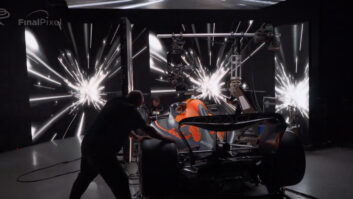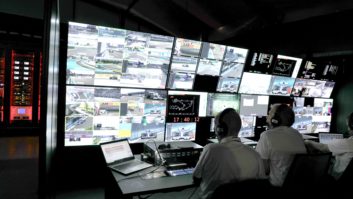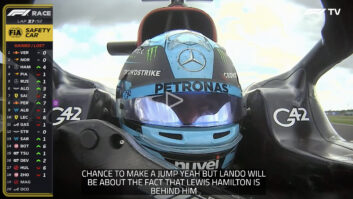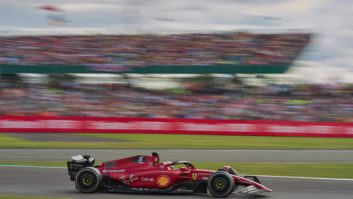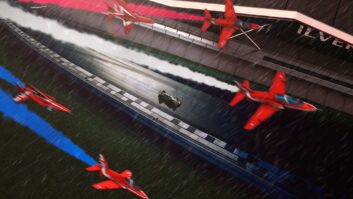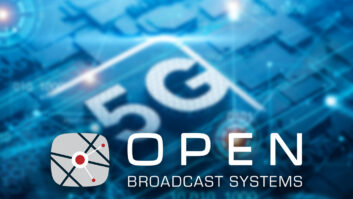During last weekend’s British Grand Prix at Silverstone, eagle-eyed fans will have spotted a new camera angle during the practice sessions.
For the first time in 20 years the coverage included ‘peddle cam’, giving fans a unique angle of driver Lando Norris putting his foot on the throttle.
“I’ve been wanting to bring it back for ages,” Dean Locke, director of broadcast and media at Formula One, tells TVBEurope.
“We spoke to McLaren about trying to do this again, and they agreed and we managed to run it with just McLaren for a bit at Silverstone. We tend to try new ideas with one team and then move it along.
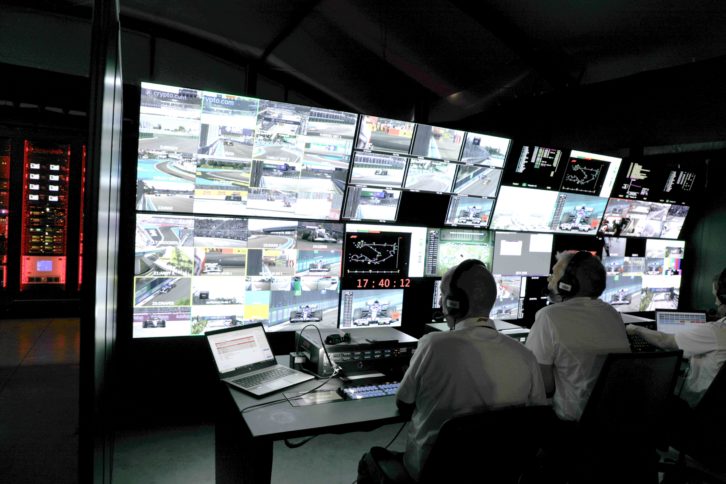
He adds that while the drivers are always keen to help show fans new angles, the teams tend to be more cautious. “McLaren chose the framing of that shot to make sure it didn’t give anything away. If we put it onto the Ferrari next week, they may choose to put it on a slightly different framing.”
Locke cites the innovation of ‘helmet cam’ of any way of showing fans a unique view of the sport. “Unlike something like MotoGP where you can see every movement the motorcyclists make, we’ve got someone sitting in a car with a crash helmet on, you can’t see a great deal of him, running at 300 miles per hour.
“The helmet camera shows all that’s going on from the driver’s viewpoint. Sometimes they’ve got 22 different device elements on the steering wheel that they’ve got to do, so it’s trying to show some of that,” he adds “We’re just trying to show more of what these athletes, our stars, are doing in that cockpit.”
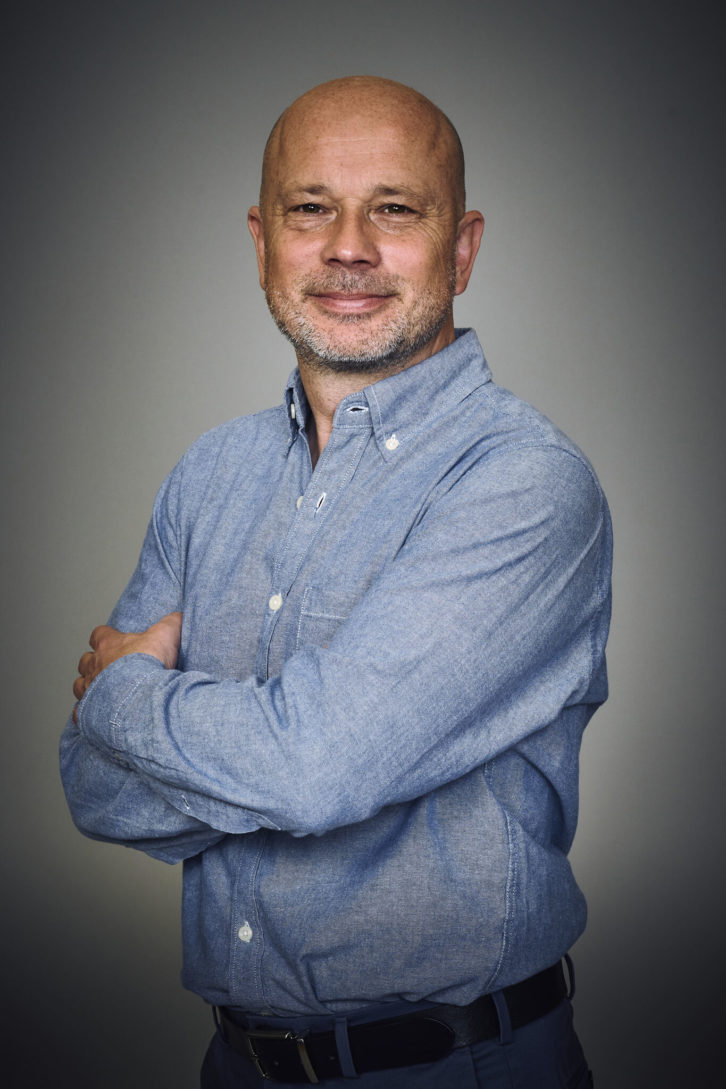
Locke and his team are always looking at ways of bringing new and enhanced content to Formula One’s fans, including next-generation cameras on the cars themselves. “Currently we have 90 cameras across 20 cars, and we can have 20ish switched on,” he explains. “What that means is we can have all one camera for each car switched on forward/rear, but we can also dual stream on several cars, but that depends on the nature of circuit. I always say Formula One is quite similar to golf in some ways, you’ve got multiple things happening at the same time, over really big real estate. Stadium sports are so, so easy compared to this!
“We try to do something new every race,” adds Locke. “Last year we rolled out a new thing called Team Radio Highlights, because when the teams get on the radio it all happens at once. If the virtual safety car is deployed, everybody talks, and you can only play one bit because it’s out of date so quickly.
“We have all this brilliant radio and the team radio guys are always saying ‘oh, I wish we’d got that out’ and I got a bit bored of them saying that. So we developed Team Radio Highlights for when we get a quiet moment and they can do a recap. it goes through the team’s strategy lines, and we rolled that out at the Canadian Grand Prix. We did ‘pedal cam’ at Silverstone, and in Austria we’re doing a drone, which is quite exciting. We did a proof of concept in Barcelona, and it’s rolling out for Austria. We tend to have a roadmap of new products and activations throughout the year.”
More insights
The Silverstone broadcast also included a new Projected Knockout Time insight graphic, powered by AWS, which uses an advanced algorithm to look at each driver’s performance throughout the weekend and uses live data to predict their ideal lap time in the qualifying session. It then combines the two to calculate the time every driver will need to beat to avoid elimination. The TV graphic shows both the projected time and the possible swing either side of it. The graphic was due to be fully integrated into the broadcast at Silverstone, but ended up being slightly held back due to the rain during qualifying. Instead, it will roll out properly in Austria.
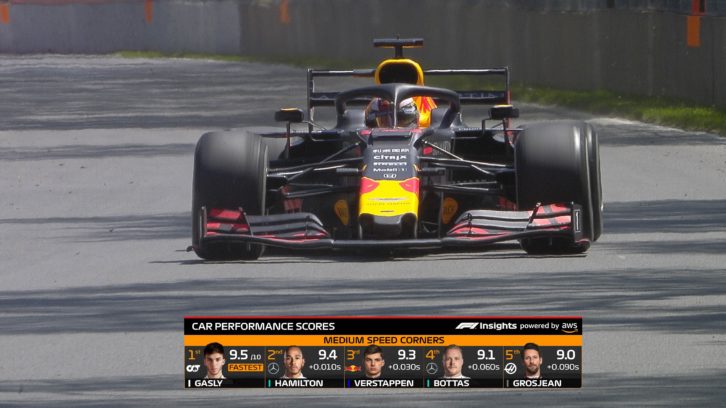
“Graphics in Formula One is really, really hard, because we have this really complicated sport and a very diverse fanbase,” admits Locke. “We have a real hardcore fan that’s really into data and strategy who feel very aggrieved if you explain it in simple terms, but we also have this massive drive of new fans as well with a young demographic, which is fantastic.
“We’ve been working with AWS on the Formula 1 Insights and they asked me what did we want to do, and I said we want a partner that can use their processes, modelling, machine learning to solve problems,” he continues. “We started with graphics and things we can’t explain like undercut/overcut. We’ve never been able to explain that. I’ve heard ex-Formula One World Champions not be able to explain it!”
The Insights also come into play during quieter (if there is such a thing) periods of the race, as a way to keep fans engaged. “We did some modelling around how long it would take one driver at their current pace to catch another with their tire degradation. We threw that in the model, and that come up with our Battle Forecast.”
AWS’ technology has also helped the broadcast team at Formula One to develop subtitling for the team radio audio. “We ran it through the AWS system and what we found was that it was better than what we actually wanted to do,” explains Locke. “So we decided to use it for subtitling for F1 TV, in four languages, with really, really little delay. We needed it to be fairly instant and actually we’ve got it.
“In the early testing we had some quite interesting results. We’ve trained AWS in Formula One and now we’re training it circuit specific.”
Read the second part of our interview with Dean Locke, where he discusses remote production, new audio developments, and plans to use 5G as part of Formula One’s TV coverage.
